More than one million African American men and women served in every branch of the US armed forces during World War II. In addition to battling the forces of Fascism abroad, these Americans also battled racism in the United States and in the US military. The Army, Navy, and Marine Corps all segregated African Americans into separate units because of the belief that they were not as capable as white service members. Adding to this indignity, the Army frequently assigned White officers from the American South to command Black infantrymen.
In spite of these dispiriting obstacles, African Americans fought with distinction in every theater of the war. Some of the more famous Black units included the 332nd Fighter Group, which shot down 112 enemy planes during the course of 179 bomber escort missions over Europe, and the 761st Tank Battalion, which served in General George S. Patton’s Third Army. Major General Willard S. Paul, of the 26th Division, singled out the 761st for special praise after its first action in France by writing, “I consider the 761st Tank Battalion to have entered combat with such conspicuous courage and success as to warrant special commendation.” African Americans also served in equally vital positions throughout the Army as nurses, engineers, truck drivers, gunners, and paratroopers.
Lesser-known units include the African American 92nd and 93rd Infantry Divisions, which fought in the European and the Pacific theaters respectively. The 25th Infantry Regiment of the 93rd Division took part in the Bougainville campaign in April and May of 1944. One member of the regiment, Corporal Alex Hamilton, wrote home...
“The [Japanese] are very clever fighters. Our boys are learning them, but they have taken the lives of several of my friends. Life is cheap and death is common but we’re slowly growing used to it.”
Cpl. Alex Hamilton
This willingness on the part of African American soldiers to sacrifice their lives for a country that treated them as second-class citizens is remarkable. Various accounts relate how German prisoners of war could enter facilities reserved for white Americans that black servicemen could not patronize.
When the US Marine Corps began recruiting a contingent of black Marines in June 1942, men from across the country flocked to enlist. These Marines trained at Montford Point, North Carolina. Although the “Montford Point Marines” excelled at gunnery and drill, they too faced the same segregation and hostility as men and women in the other branches. The Marine Corps Commandant, Major General Thomas Holcomb, resented being forced to accept African Americans into the Corps, and unlike the Army, the Marine Corps did not permit any Black men to become officers until November 1945.
In May 1943, Private R. J. Wood was even arrested for impersonating a Marine when he traveled home on leave to Cleveland, Ohio. The police officers did not know African American Marines existed. In North Carolina, a policeman slapped Edgar Cole‘s official orders out of his hand and told Cole that he was not allowed to wait on the street corner for a Marine driver to pick him up and take him to Montford Point. Despite the racism black Marines encountered, they distinguished themselves in the battles of Peleliu, Saipan, Iwo Jima, and Okinawa. By 1944, more than 18,000 Marines had trained at Montford Point and 12,000 were stationed overseas.
-

Fighter pilots of the 15th Air Force confer in the shadow of one of their P-51 Mustangs in August 1944 in Italy. Left to right: Lt. Dempsey W. Morgan, Jr., Lt. Carroll S. Woods, Lt. Robert H. Nelson, Jr., Capt. Andrew D. Turner, and Lt. Clarence P. Lester. Photo Courtesy of the National Archives.
-

African Americans Marines move through trenches on Peleliu Island on September 15, 1944. Photo Courtesy of the National Archives.
-

African American soldiers man a 40mm anti-aircraft cannon during the Battle of the Bulge in World War II. Photo Courtesy of the United States Library of Congress.
Even when African Americans were denied the opportunity to serve in combat roles, they still found ways to distinguish themselves. Doris “Dorie” Miller was a steward aboard the USS West Virginia during the Japanese attack on Pearl Harbor on December 7, 1941. Although he had never been trained on the ship’s weapons, he manned a machine gun during the attack and carried wounded sailors to safety. For his actions, Miller became the first African American to receive the Navy Cross. Following Dorie’s actions and lobbying from civil rights groups, the US Navy increasingly sent Black sailors to sea in combat roles. On March 20, 1944, the Navy commissioned the destroyer escort USS Mason, the first ship to have a predominantly Black crew.
Other African Americans serving in Construction Battalions behind the lines volunteered for extremely hazardous duty as stretcher bearers in several Pacific campaigns. Back in the United States, African American men and women worked in defense plants that built the ships and planes of the most powerful Navy and Air Force in the world.
The achievements of African Americans during the war provided valuable evidence that civil rights activists used in their demands for equality. Though President Harry S. Truman ordered the US military to desegregate entirely in 1948, African Americans’ fight for equal civil rights was far from over.
Tyler Bamford
Tyler Bamford was the Sherry and Alan Leventhal Research Fellow at the Institute for the Study of War and Democracy at The National WWII Museum from 2019-2021. He obtained his PhD in history from Temple University and his BA in history from Lafayette College.
Cite this article:
MLA Citation:
APA Citation:
Chicago Style Citation:
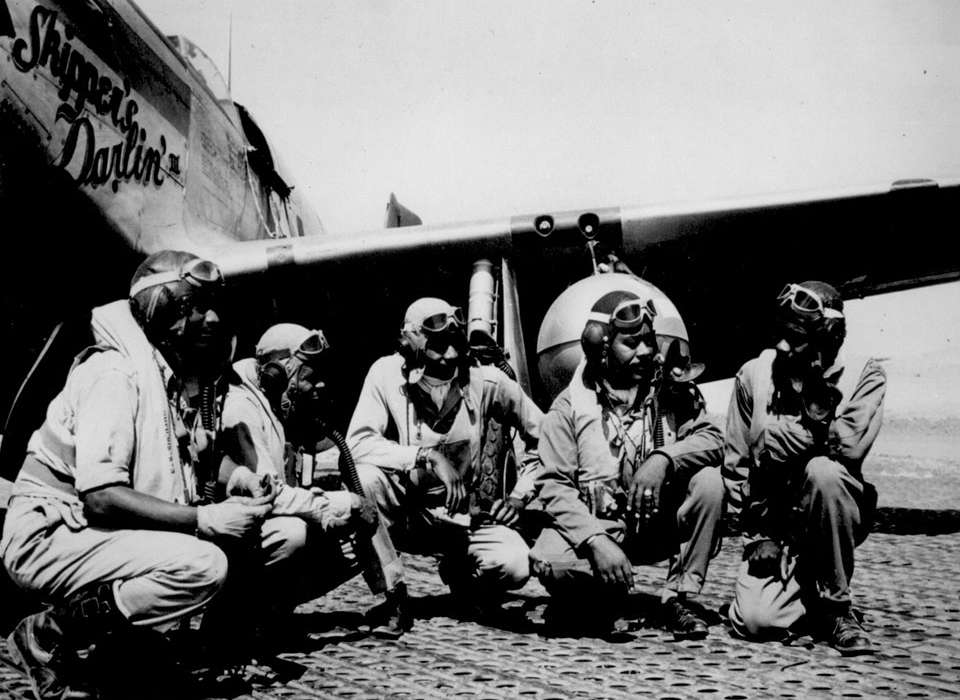
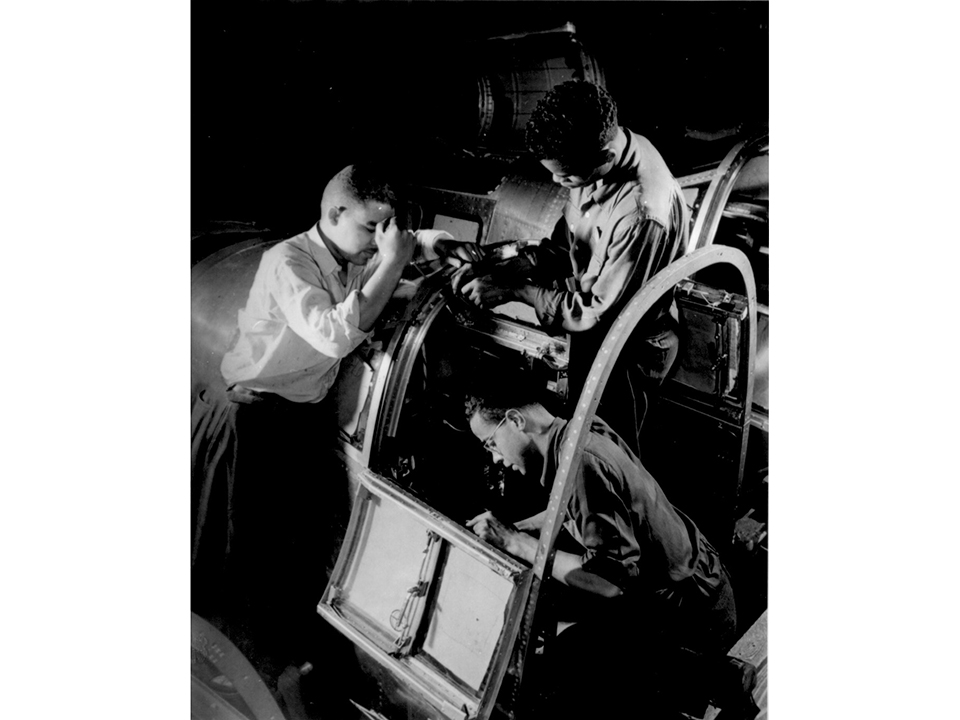
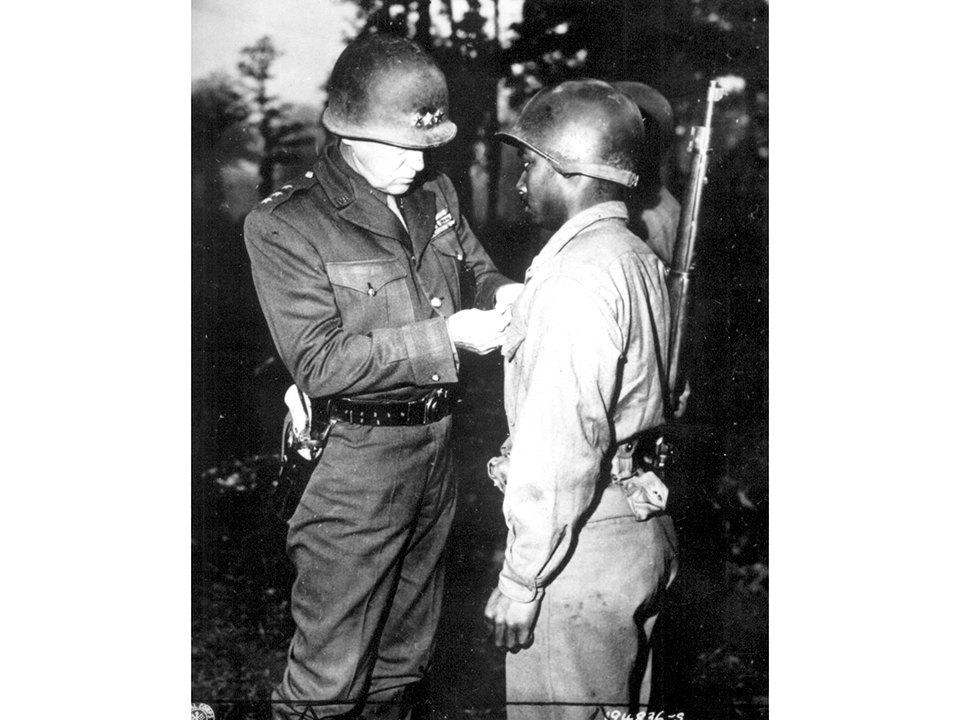
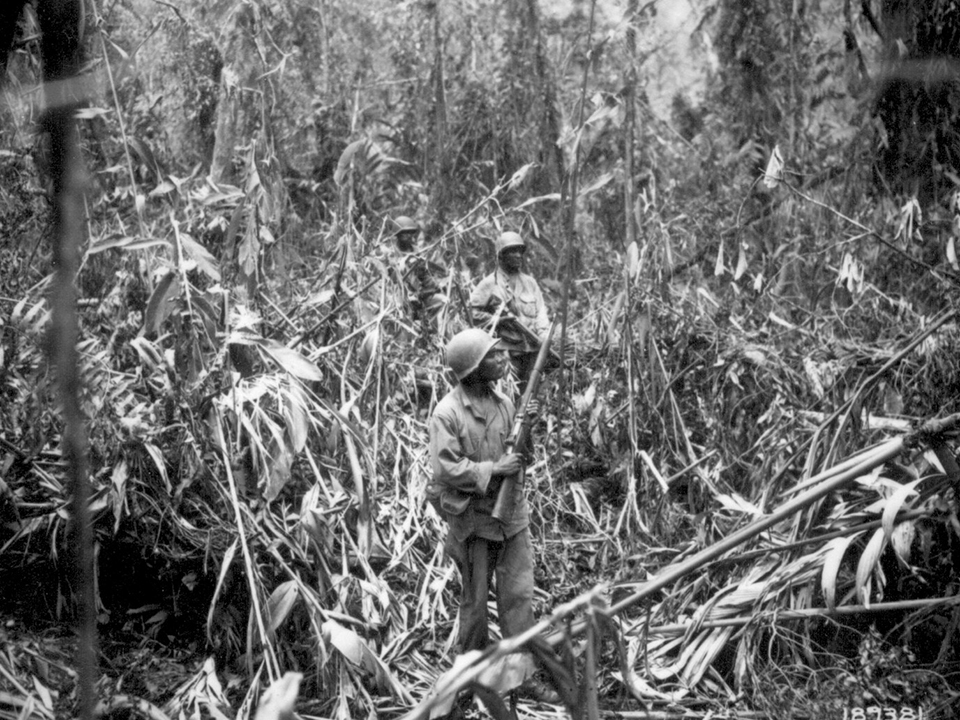
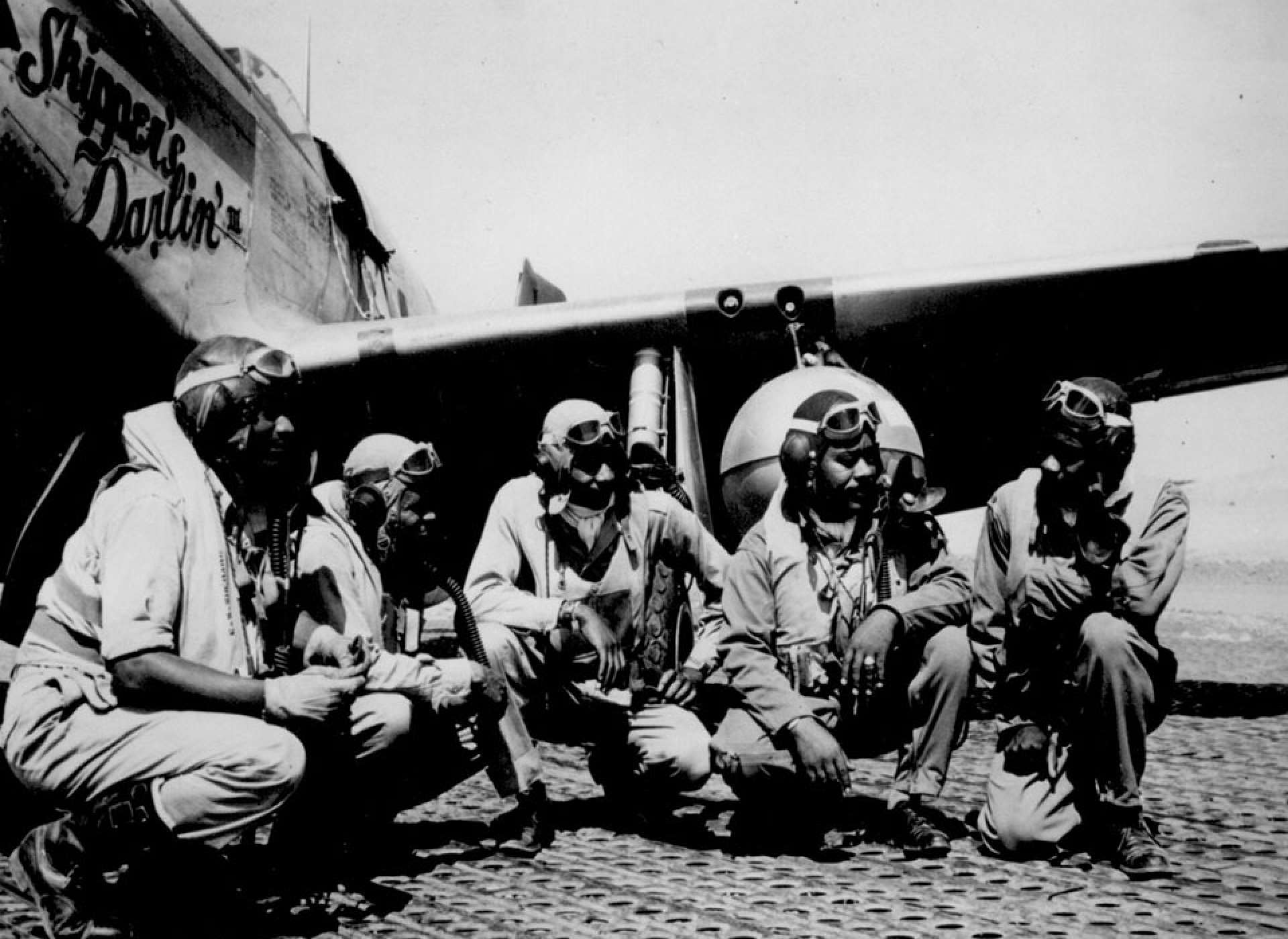
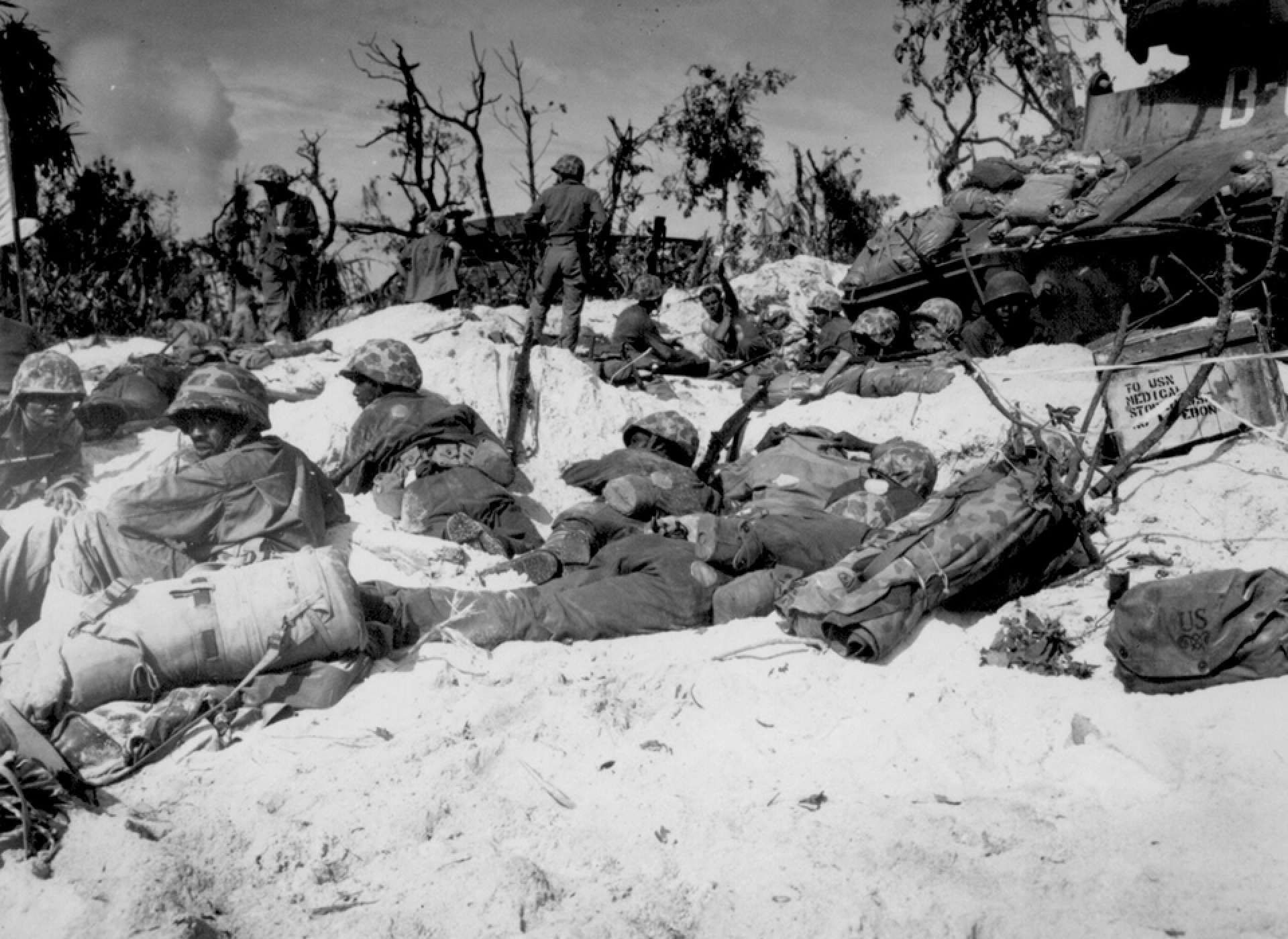
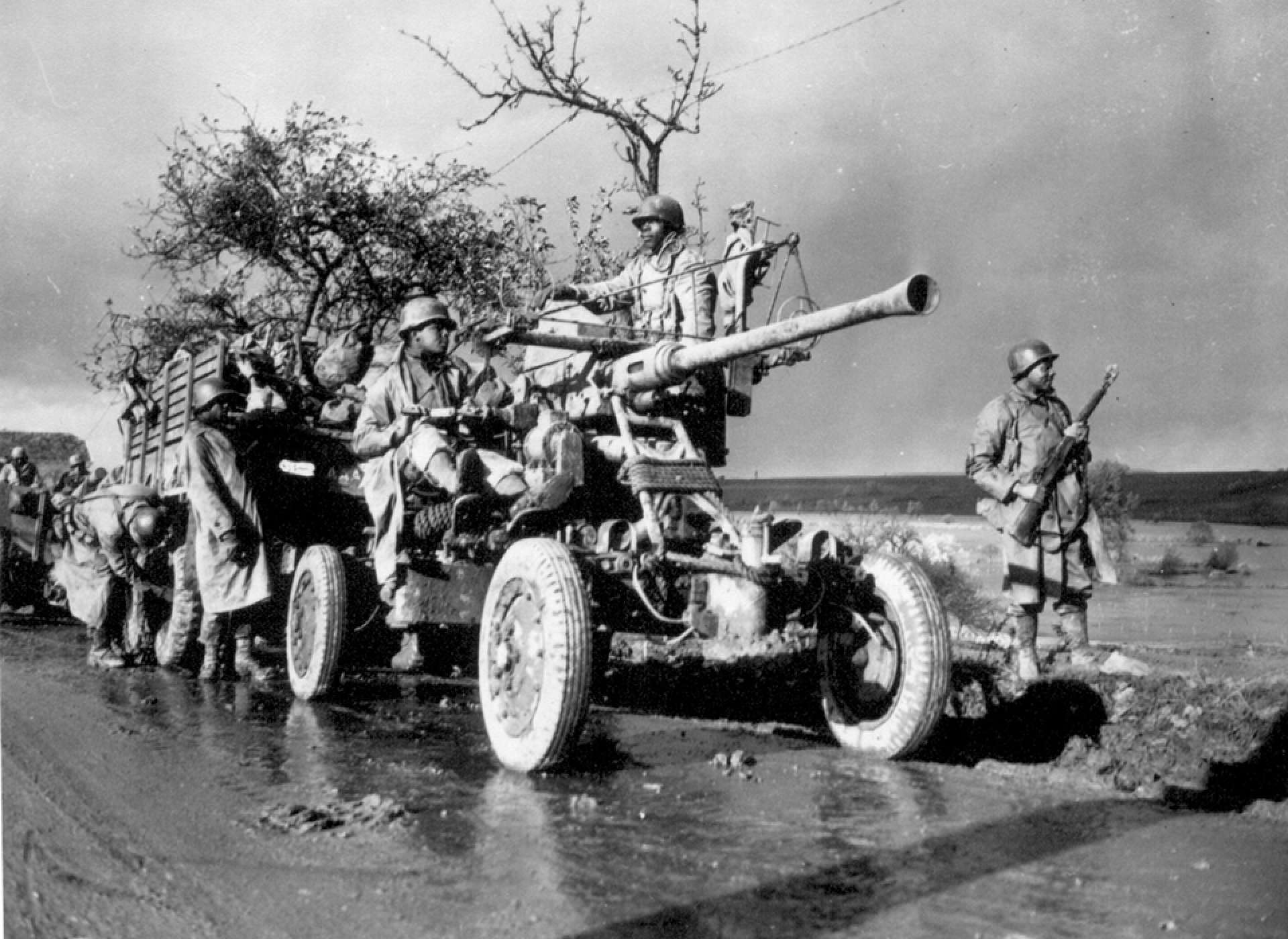
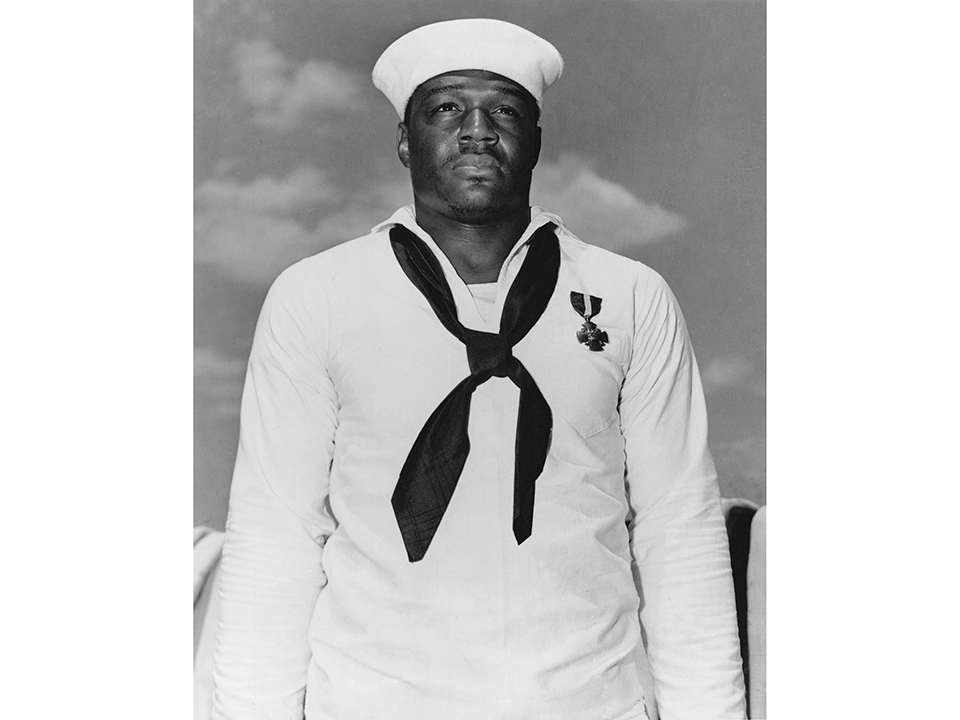







![Max Fuchs, New York City cantor, sings as Rabbi Sydney [sic] Lefkowitz, Richmond, VA, conducts the first Jewish services from Germany.](/sites/default/files/styles/max_650x650/public/2025-10/image1.jpg)
